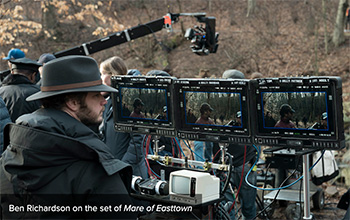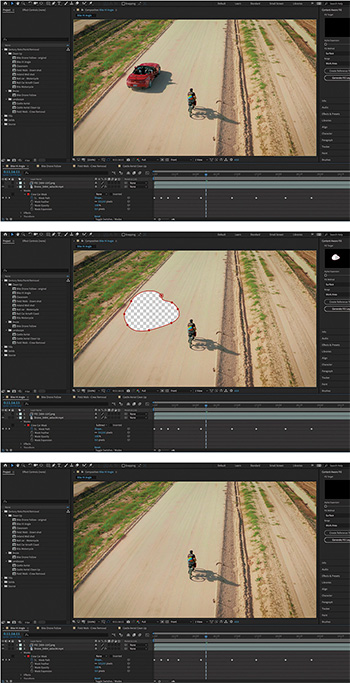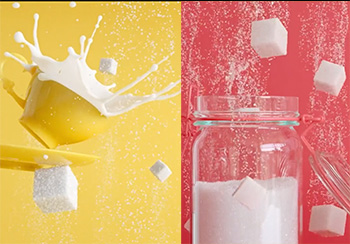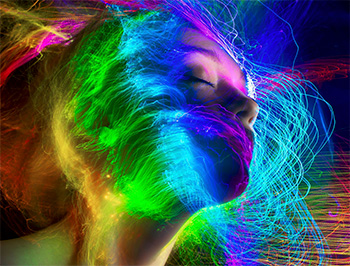… for Random Weirdness
Tip #1710: Tips to Avoid Filmmaker Burn-out
Larry Jordan – LarryJordan.com
Burn-out is real – but you can take steps to avoid it.


This article, written by Jourdan Aldredge, first appeared in PremiumBeat.com. This is an excerpt.
For those who have worked in film and video for an extended amount of time, eventually you’ll hit some roadblocks. Work will occasionally dry up, clients will have unreasonable deadlines and demands, and you’ll face problems that don’t always have a simple solution.
I’ve seen more than a few fellow filmmakers and video professionals drop out of the industry altogether. However, while you’ll never completely avoid feeling tired or dragged down from time to time, there are options and resources out there to help you battle burnout.
Always Be Working on a Passion Project. I don’t think I’ve met a single person working in film and video who’s simply doing it for the money. That’s why it’s important to always be working on a passion project. You don’t have to schedule shoots every weekend for your feature film, but try to stay in touch with what got you into film and video in the first place.
Vary Types of Projects. Try to find ways to vary the types of projects you work on. Logically, focusing on one type of work can be helpful for building clientele and increasing your rates and income. But, don’t let it completely burn you out!
Get Connected with a Community. Another helpful way to battle burnout is by simply connecting with a solid film or video community. They can also help you build out your own network for finding more work and other projects to collaborate on.
Experiment with New Technologies. If there’s one consistent theme in the film and video industry, it’s that there’s always going to be new cameras, drones, rigs, or gear to check out.
Keep up with Online Resources.
EXTRA CREDIT
The article contains links to more resources, and more details on how to avoid burnout in your life.










